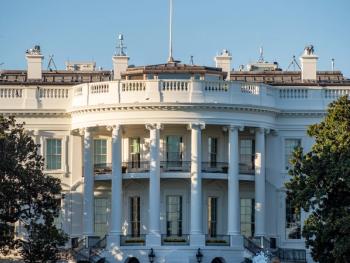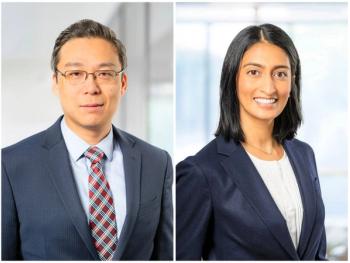
Why Digital Platforms Must Be Leveraged to Engage and Improve Care to Underserved and Marginalized Communities
Current mobile technologies bridge the gap between the patient and their care.
Roughly 20 years ago, I started my professional healthcare journey as a hospital executive in one of the largest and prestigious academic health systems in the country. At that time, as one of the few African American executives in the health system, I hoped to make an impact on how we engaged and improved the patient journey for the large number of black and brown patients in our region. A fellow executive who later became a mentor advised that I spend some time in our emergency room waiting areas as a starting point to better understanding the dynamics and range of healthcare disparity.
What I witnessed in those ERs over two decades ago is still evident today. Primarily low-income families of color who “walked-in” presenting with non-life-threatening issues to utilize the hospital ER episodically for conditions that could have been mitigated with even average primary or preventive care services. In the past ten years, we have used digital technology to optimize care delivery, whenever possible, away from expensive ER visits to more appropriate care settings such as urgent care or retail-based rapid clinics. However, in many ways, this is merely optimizing care delivery costs and resources without addressing the needs of this underserved patient population or developing more effective patient engagement technology to better meet their needs.
The trust factor
According to a
Culturally effective patient engagement
While patient engagement technologies have become more “culturally sensitive” they may not be as culturally effective in motivating behavior change. Essentially, we have become adept at how not to insult people in their language. Unfortunately, we have not become any better at differentiating patient engagement and patient journeys by population to address trust or care disenfranchisement issues.
The impact of mobile on digital platforms
There is one thing that is very different in ERs now than 20 years ago. If you walk into an ER waiting room today, you see over 80% of the patients with their heads down operating their mobile device — regardless of income or population type. It has become impossible to chart the impact of mobile device proliferation on healthcare. What is certain is that we now have the mobile technology to connect with increasing underserved populations in a personalize way through a device that is often well-integrated into how they view almost all experiences.
In fact,
Current mobile technologies bridge the gap between the patient, their EHR data and the provider in a way that can begin to mitigate key social determinants of health, access to care and historic disparities in how care is delivered to underserved and marginalized communities. Given the recent strides in interoperable mobile solutions, all health technology professionals should consider this to be the best time to engage their underserved communities within proven mobile solutions in motivating patient/consumer behavior and rebuilding or increasing trust in these communities.
Bruce Kennedy is chief marketing and client officer at








































